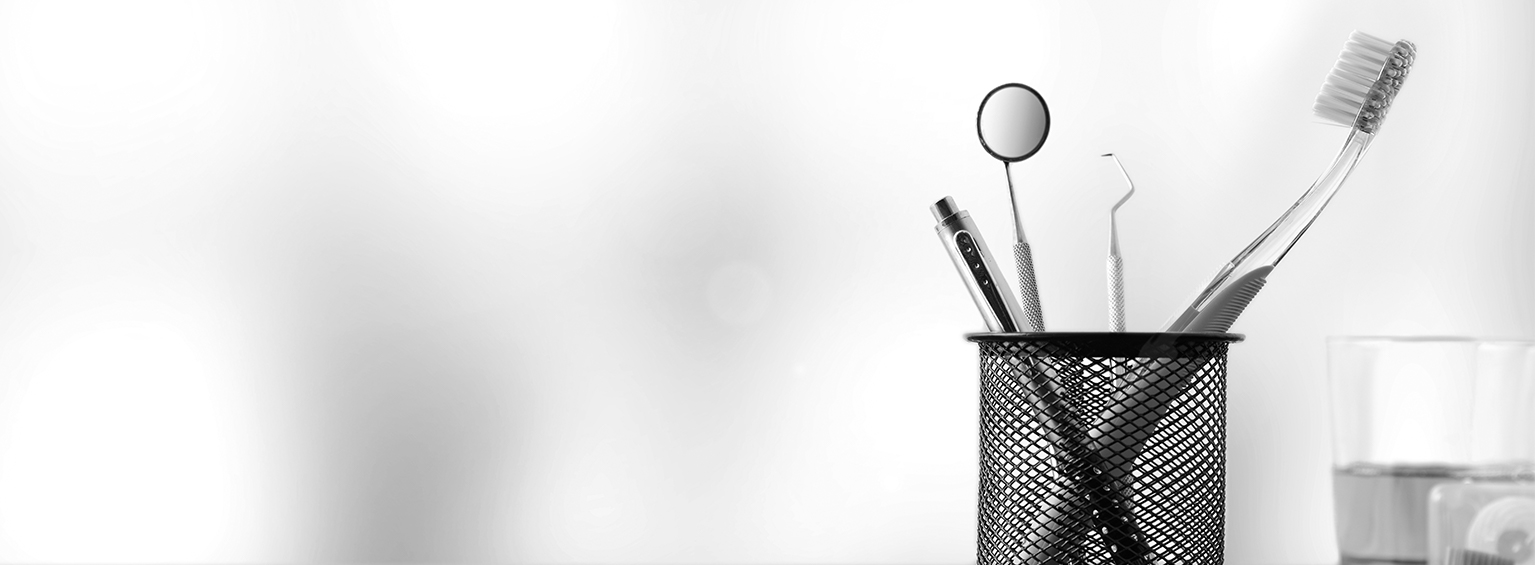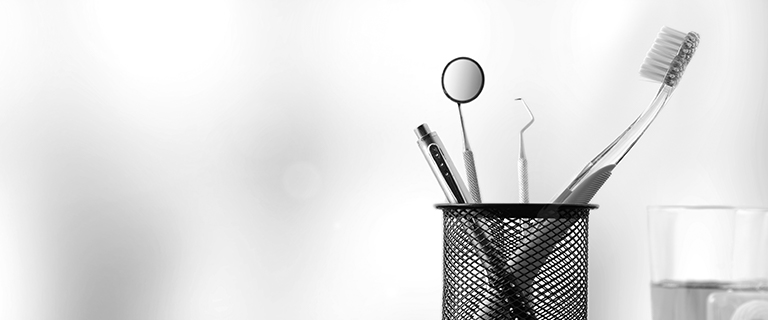What causes gum recession?
Many causes contribute to gingival recession, but among the most frequent factors are vigorous brushing, gum inflammation and even personal predisposition.
Various gum graft techniques may be used:
AlloDerm™ Regenerative Tissue Matrix: Graft made of tissue stemming from a donor of human origin, used to cover the root of a tooth. AlloDerm™ human proteins are similar to those used for breast reconstruction in cases of cancer and for facial reconstruction in cases of severe burns.
Fibrin Graft: Graft made of a patient’s own stem cells, used to cover the root of a tooth. This procedure allows for true tissue regeneration. Stem cells are extracted from the patient’s blood following a simple blood sample collection.
Soft Tissue Graft: Graft designed to thicken and solidify already existing gum tissue surrounding a patient’s teeth. A thin film of gingiva is extracted from the palate in order to place it where it is necessary. For increased comfort during the first week following this treatment, the patient is provided with a “palatal plate” protector.
A pre-operative examination is performed for the purposes of data collection and in order to explain to the patient the details of the necessary treatment and the type of graft best suited to their needs.
Is getting a gum graft truly important?
Patients are urged not to postpone gum graft operations, because bone and gingival tissue keep becoming thinner with time. Timely treatment prevents the loss of additional bone and gingiva. Strong gums also help defend teeth against loosening. Moreover, adding gum tissue may prove successful in correcting, in whole or in part, any discomfort felt when gums come into contact with hot or cold substances.


